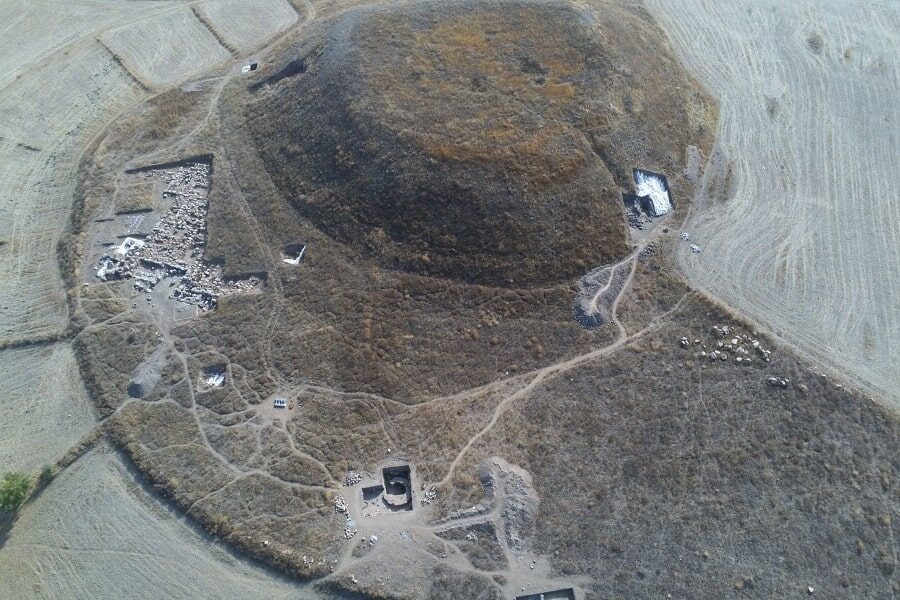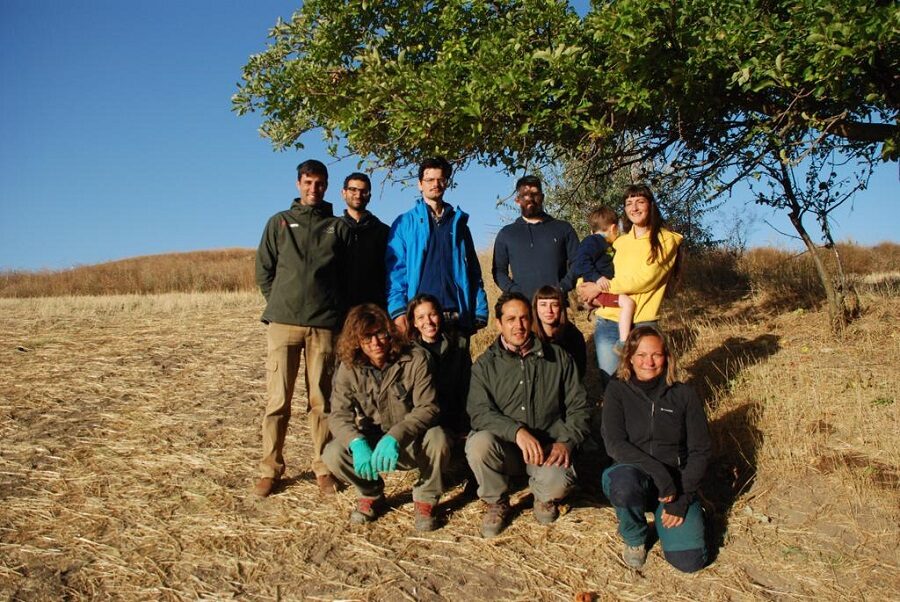
" The interpretation of this circular structure - explains the professor Anacleto D'Agostino of the University of Pisa, which directs the excavations - it is very difficult at the moment and an extension of the works will be necessary that allows you to get an idea of what is around it ".
" Its location north of what is probably the main temple in the city, not far from the river that flows near the base of the stands - adds D'Agostino -, however, makes us lean towards a ritual interpretation of this discovery, whose importance is also given by the fact that no such documents are documented in other contemporary sites".
" If this were the case - concludes the director of the excavations - this structure, together with the other finds discovered over the years, would help to strengthen the identification of Uşaklı with the important Hittite city of Zippalanda, center of worship of a powerful God of the Storm, home to a sanctuary and a royal residence and mentioned in several festivals in which the king " took part.
The important discovery took place during the 2022 campaign of the international archaeological mission directed by the University of Pisa. Campaign that also brought to light the remains of a large stepped wall that surrounds the Iron Age citadel and some late ancient tombs.
In fifteen years of investigations and excavations, the work of archaeologists has made it possible to bring out the remains of monumental buildings and fragments of tablets with cuneiform inscriptions, contributing to the reconstruction of a period of primary importance for the Near East and the eastern Mediterranean basin, when the Hittites, a population that spoke a language belonging to the Indo-European language family, they made their appearance among the protagonists of the great story, constituting the powerful kingdom of Hatti.
Architectures and materials, those found during excavations, whose consistency and quality, as well as making the ' more and more solid identification between Uşaklı Höyük and the holy city of Zippalanda, also show how this site has been occupied extensively since the end of the Ancient Bronze Age up to the Roman-Byzantine era, with sporadic more recent traces that go up to the Ottoman period.
The archaeological project of the Italian-Turkish Archaeological Mission in Central Anatolia (Uşaklı Höyük Archaeological Project), started in 2008 and in which the Pisan University is engaged, is the only one under Italian direction that operates on an Hittite settlement in the area that was the center of the kingdom first and then of the empire.

They also took part in the 2022 campaign:the doctors Neil Erskine, Giacomo Casucci, Joshua Britton and Marta Doglio; the students Ilaria Carboni, Federico Papa, Emanuele Gemignani, Federico Mandorino and Filomena Rescigno; Dr. Emanuele Taccola of the LaDiRe Laboratory of the University of Pisa - who made the topographical survey and drone shots -; Sergio Martelli who made the drawings of the materials and Dr. Chiara Tarantino who oversaw the communication.
For further information download the 2022 Excavation Campaign Report ( .pdf )



Interesting how the land of Turkey is where the art of blacksmithing began, because of the region being made up of iron ore (a metal related to Mars)... And yet, it is “the God of Storm” that works iron in order to make tools and weapons... Jupiter, or Thor... hammering the will
As the old alchemical motto went:
Mars leads Jupiter, (warriorship guides justice)
Jupiter leads Mercury (justice guides intelligence)
Mercury leads Venus (intelligence guides love)
Venus leads the Moon (love guides cyclical changes)
The Moon leads Saturn (cyclical changes guide structure)
And Saturn leads Mars (structure guides warriorship)...
(... An astrological formula that not only explains why there is so much disappointment in relationships, but also a way to manage relationships.)